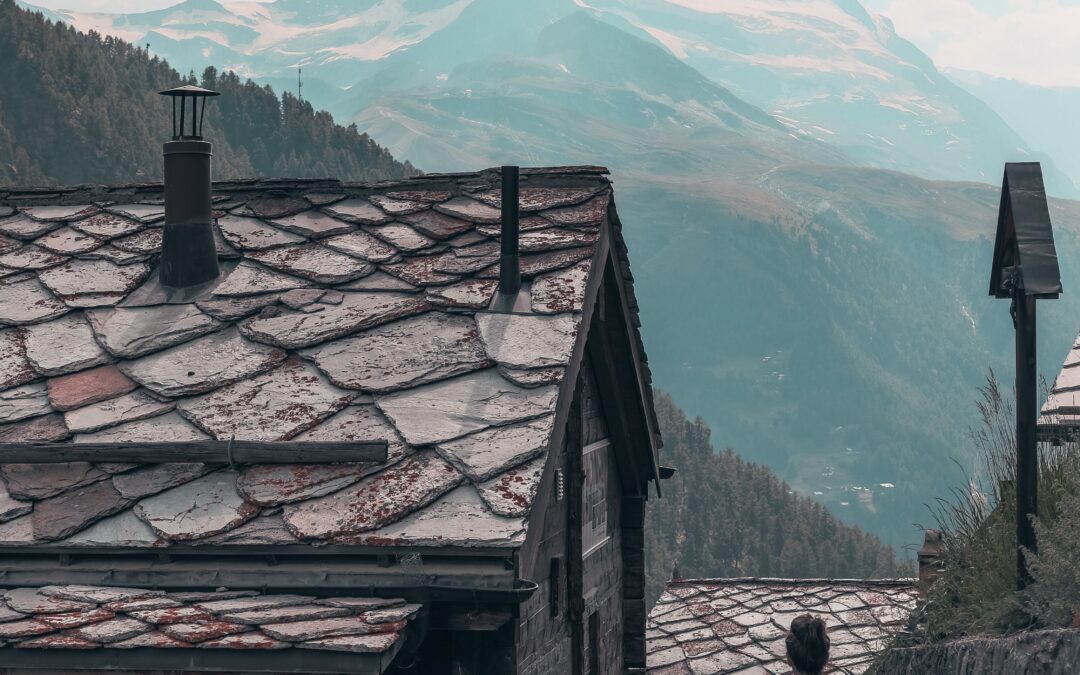After two years of cancelled vacations and social distancing mandates, many travelers are keen to spread their wings. However, not all are ready to brave the queues and crowds. Vacations centered on nature and outdoor experiences were a significant trend through 2022, and they’re likely to continue to be popular in 2023 as well. Here’s a look at eight breathtaking mountain getaways for anyone seeking to get outdoors and get back to nature in a truly spectacular setting.
1. Tiger’s Nest – Bhutan
According to legend, it was on this very spot that Guru Rinpoche—a widely venerated Vajrayana Buddhist master—arrived in Bhutan, riding on the back of a flying tigress. He spent some time in the region, visiting several caves and cliff sides to meditate, overlooking the Paro Valley. A monastery was subsequently built on the site, perched precariously on the edge of a cliff. It is known as Para Taktsang, which translates in English to Tiger’s Nest. For those brave enough to tackle the steep, rocky hike to the monastery, Tiger’s Nest boast spectacular views across the valley.
2. Mont Blanc – France
Nestled in the French Alps in southeastern France, Chamonix is an alpine resort town that sits at the foot of Mont Blanc, the highest peak in Western Europe. The mountain town became famous in 1924, as the host of the world’s first Winter Olympics. Today, Mount Blanc and its many resort towns like Chamonix present mountain sports opportunities year-round. Visitors can try skiing, snowboarding, ice climbing, rock climbing, rafting, hiking, mountain biking, and more, all in a classic Alpine setting. For those seeking a more laidback pace, a cable car ride takes tourists up the Aiguille du Midi peak for some fantastic mountaintop views.
3. Grand Teton National Park – United States
Grand Teton National Park in Wyoming protects the major peaks in the Teton Range, a sub-range of the Rocky Mountains. Established in 1929, this 96,000-acre national park encompasses the jagged, soaring peaks for which it is named, as well as several glacial lakes and a portion of the Snake River. Complementing the iconic Western mountain scenery, Grand Teton boasts some of the best hiking trails in the whole of the United States National Park System.
4. Mount Logan – Canada
Canada’s tallest mountain, and the second highest peak in North America, Mount Logan forms part of the remote Kluane National Park and Reserve in Yukon. Here, experienced climbers can enjoy adventurous mountaineering surrounded by icy rivers, glaciers, snow-capped peaks, dense forests at the lower elevations, and wild animals like caribou, moose, wolves, and grizzly bears.
5. Mount Kilimanjaro – Tanzania
Mount Kilimanjaro is the highest mountain in Africa and one of the famous Seven Summits. Standing 19,340 feet tall, the peak is topped with multiple glaciers, as well as a small, gradually diminishing ice field. This is all the more remarkable because Kilimanjaro lies just 190 miles south of the equator. Known as Kipoo in Swahili, the mountain was first scaled by Western mountaineers in 1889. Today, it is a popular hiking destination. For those whose health and budget allows, reaching the summit of Mount Kilimanjaro is a relatively achievable goal. Along the way, hikers will experience virtually every climate, from tropical to arctic.
6. Sierra Nevada de Santa Marta – Colombia
For travelers who want to climb a mountain but avoid icy temperatures, Colombia’s Sierra Nevada de Santa Marta present a tempting challenge as one of the highest coastal mountain ranges in the world. Overlooking northern Colombia’s Caribbean coast, the UNESCO-designated Sierra Nevada de Santa Marta Biosphere Reserve and National Park encompasses tropical rainforests, grasslands, and higher altitude montane forests. Its snowy peaks are considered sacred. In addition, the region is home to several indigenous peoples, particularly the Wiwa, Kogui, and Arhuaco.
7. The Matterhorn – Italy/Switzerland
Spanning the border between Italy and Switzerland, the Matterhorn is smaller than Mont Blanc, at 14,692 feet tall. However, its striking pyramid shape and location overlooking the quaint Swiss ski town of Zermatt has earned the Matterhorn an international reputation as the poster child for the Alps. First scaled in 1865 by British mountaineer Edward Whymper, the Matterhorn challenges even experienced alpinists. Indeed, four of Whymper’s seven-strong team fell to their deaths while making their descent. Today, somewhere in the region of 2,000 climbers reach the peak, with most arriving via the Hörnli ridge route during the summer months.
8. Vinicunca – Peru
While the mountain town of Cusco is best known as the gateway to Machu Picchu and its spectacular Incan ruins, it is also the gateway to several other important destinations high in the Andes. One of the most mesmerizing sights the Andes have to offer is Vinicunca, otherwise known as Rainbow Mountain. Translating from the Quechua language to English as “colorful necklace,” Vinicunca is also known locally as Montaña de Siete Colores, or the Mountain of Seven Colors. Here, vivid pink, yellow, and turquoise mineral deposits create colorful stripes in the soil, culminating on one of the most strikingly beautiful mountaintops to be found anywhere on earth. The optimum time to visit is during the summer months, since this is Peru’s dry season, when the weather is more predictable.

